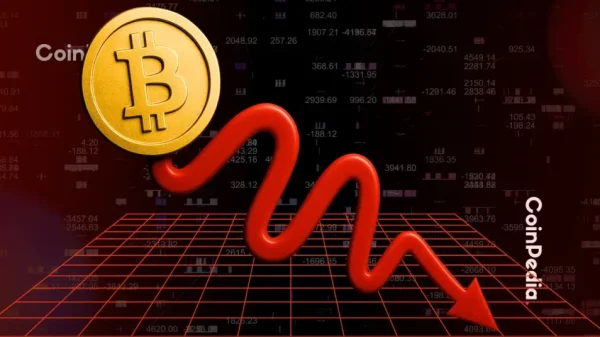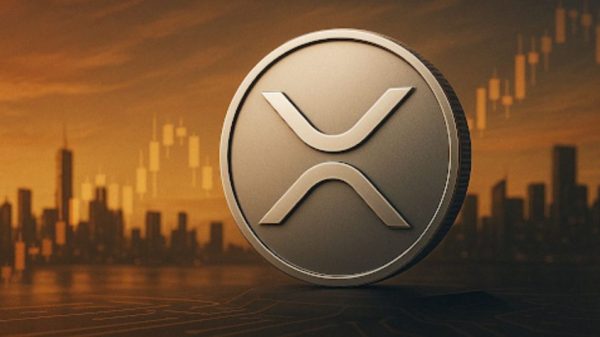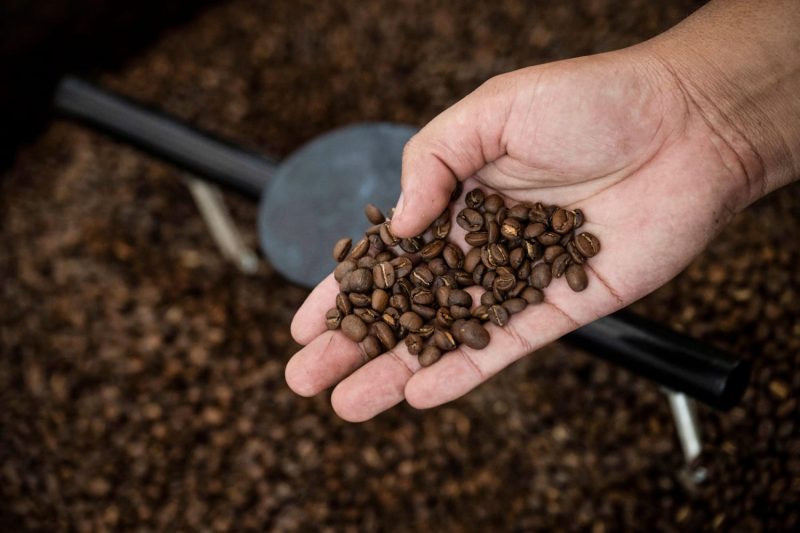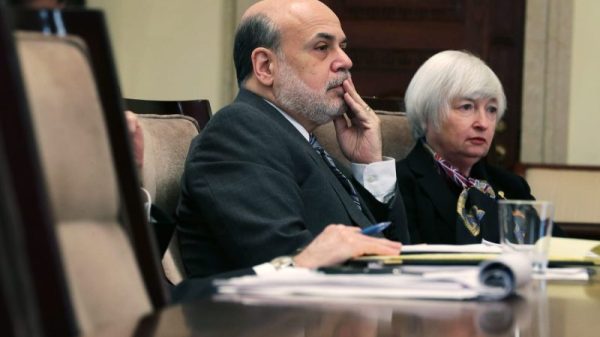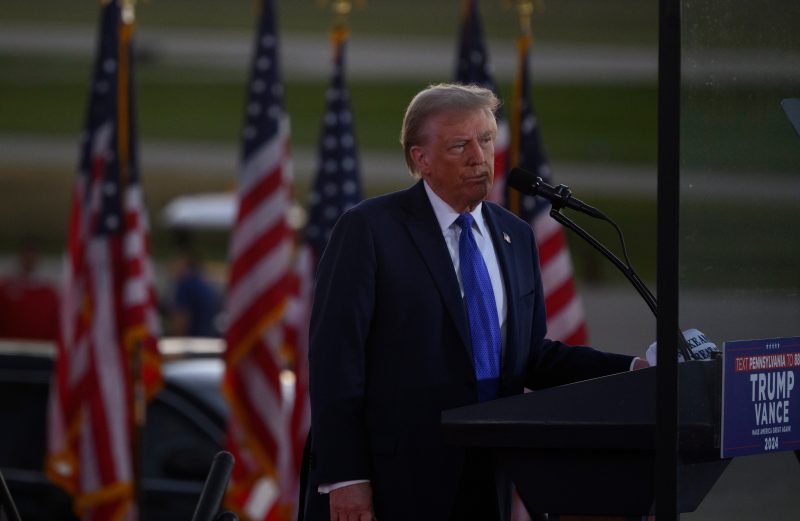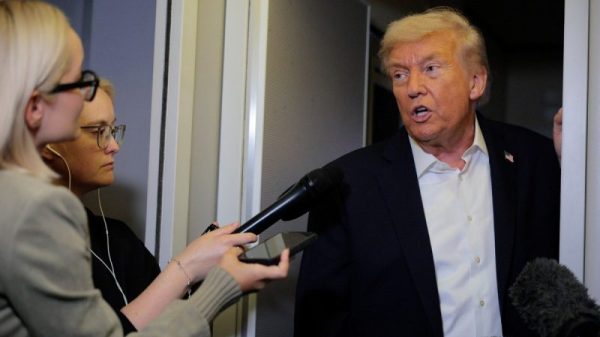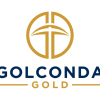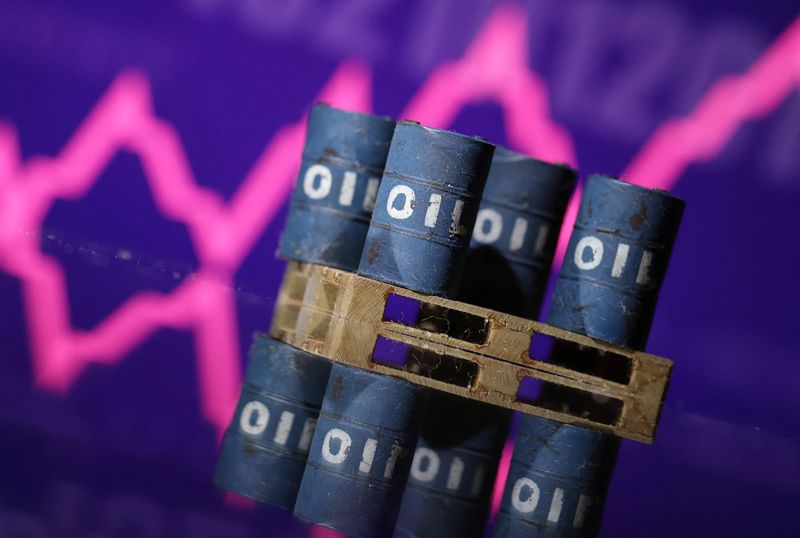
Kraken’s Strategy on USDT Amid MiCA Regulations
Quick Look:
Kraken’s Stance on USDT: Kraken will continue listing Tether (USDT) for European users despite upcoming MiCA regulations, emphasizing USDT’s importance to its clientele.
MiCA Challenges: MiCA regulations require stablecoins like USDT to keep daily transactions under 200 million euros; Kraken is exploring compliance strategies.
Proactive Planning: Kraken is actively reviewing Tether operations and preparing for scenarios where regulatory compliance might force delisting USDT.
As the Markets in Crypto Assets (MiCA) regulation approaches implementation, cryptocurrency exchanges face critical decisions regarding the listing of stablecoins. Among these exchanges, Kraken, based in San Francisco, has taken a firm stance on maintaining the availability of Tether (USDT), the largest stablecoin in the market, for its European customers. This article explores the implications of MiCA, Kraken’s strategic decisions, and the future of algorithmic stablecoins.
Kraken’s Commitment to USDT
Kraken has announced that it will continue to list USDT for its European users, even with the upcoming MiCA regulations. Kraken’s Global Head of Asset Growth and Management, Mark Greenberg, stated, “We continue to list USDT in Europe� and stressed that there are “no plans to delist� the stablecoin. This decision highlights USDT’s importance to Kraken’s European customers and shows its dedication to maintaining its offerings despite regulatory changes.
Greenberg acknowledged the challenges posed by MiCA, such as the requirement to keep daily transactions below 200 million euros ($217.6 million). Despite these challenges, he assured Kraken is exploring various strategies to comply with regulations while keeping the asset on its platform. “The rules are not finalised yet,� Greenberg noted, indicating that Kraken will adapt its strategies as the regulatory landscape becomes clearer. This proactive approach illustrates Kraken’s commitment to regulatory compliance without compromising its services.
Preparing for MiCA’s Impact
Kraken’s readiness to adapt is further emphasised by Marcus Hughes, the company’s global head of regulatory strategy. Hughes revealed that Kraken is “actively reviewing� its Tether operations in anticipation of MiCA’s stipulations. “We’re absolutely planning for all eventualities, including situations where it’s just not tenable to list specific tokens such as USDT,� he stated. This forward-thinking approach ensures that Kraken is prepared for potential scenarios where regulatory compliance might necessitate delisting certain assets.
The potential delisting of USDT raises significant concerns within the cryptocurrency community. Tether’s widespread use as a stable and reliable asset for trading and transactions means its absence could disrupt market dynamics. Kraken’s strategy reflects a broader industry trend where exchanges must balance regulatory compliance with the need to offer valuable trading pairs to their users.
The Future of Algorithmic Stablecoins
Amidst the debate over traditional stablecoins like USDT, the concept of “third-generation� stablecoins has emerged. These algorithmic stablecoins do not rely on fiat or cryptocurrency as collateral. Instead, they use algorithms to control supply and demand, thereby maintaining price stability. This innovative approach offers scalability and resilience, particularly in favourable market conditions.
When market forces drive the stablecoin’s value above $1, the algorithm releases additional tokens to stabilise the price. Conversely, if the value drops, the algorithm can burn tokens from designated pools to reduce supply. While this method maximises scalability during stable market conditions, it has its limitations. In volatile markets, maintaining a fixed value solely through circulation control and arbitrage algorithms, without collateral, poses significant challenges. This has led to mixed results, with some algorithmic stablecoins failing to maintain their peg during downturns.
The evolution of stablecoins, whether fiat-collateralised or algorithmic, will continue to shape the cryptocurrency landscape. As MiCA’s implementation nears, exchanges like Kraken must navigate these regulatory challenges while exploring innovative solutions to offer stable and compliant assets to their users.
Kraken’s stance on USDT amidst impending MiCA regulations highlights the complexities exchanges face in balancing compliance with user needs. The emergence of algorithmic stablecoins adds another layer to this dynamic, promising innovation but also presents unique challenges. As the regulatory environment evolves, so too will the strategies of cryptocurrency exchanges and the assets they offer.
The post Kraken’s Strategy on USDT Amid MiCA Regulations appeared first on FinanceBrokerage.

